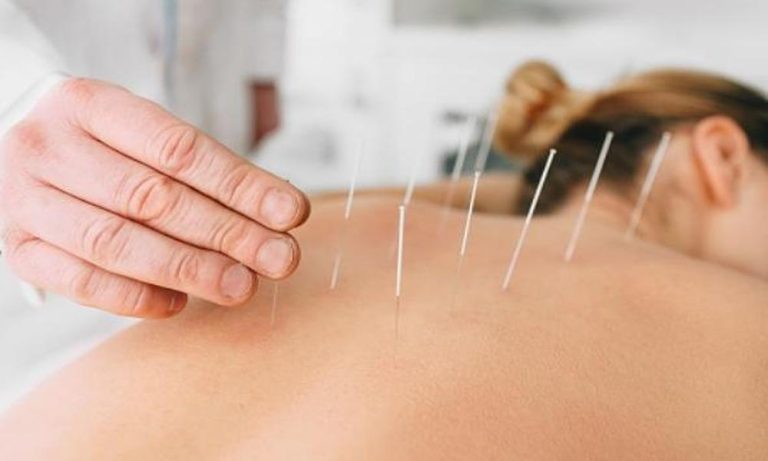Acupuncture has been a cornerstone of traditional Chinese medicine for thousands of years, helping people find relief from various ailments and maintain their overall well-being. As more individuals look for alternative treatments to complement or replace conventional medicine, this treatment has gained popularity in many countries as a natural and effective healing method. This beginner’s guide will help you understand the basics of acupuncture in Auckland and how it can support your journey towards better health.
The Ancient Roots of Acupuncture
The practice of this Chinese medicine dates back over 2,500 years, making it one of the oldest forms of medical treatment in the world. It is based on the concept of Qi (pronounced “chee”), which is the vital energy that flows through our bodies along specific pathways called meridians. According to traditional Chinese medicine, when Qi is flowing freely and harmoniously, we experience good health. However, when there are blockages or imbalances in the flow of Qi, it can lead to illness or discomfort.
The Science Behind Acupuncture
Although it has ancient roots, modern science has begun to shed light on the mechanisms behind its therapeutic effects. Research suggests that this practice works by stimulating the body’s nervous system, prompting the release of endorphins and other pain-relieving chemicals. Additionally, it may also improve blood circulation, reduce inflammation, and encourage the production of neurotransmitters that regulate mood and stress levels.
While the scientific community is still exploring the full extent of its benefits, numerous studies have demonstrated its effectiveness in treating a variety of conditions, including chronic pain, headaches, insomnia, digestive disorders, and mental health issues.
What to Expect During an Acupuncture Session
If you’re considering it as a treatment option, it’s essential to know what to expect during a session. Here’s a brief overview of the process:
- Consultation: Your acupuncturist will begin by asking about your medical history, current symptoms, and overall health. This information helps them tailor the treatment to your specific needs.
- Needle Insertion: Once you’re comfortable, the acupuncturist will insert thin, sterile needles into specific points on your body. The number of needles used varies depending on the treatment, but it usually ranges from 5 to 20. You may feel a slight pinch or pressure as the needles are inserted, followed by a sensation of warmth, tingling, or numbness.
- Relaxation: The needles will remain in place for about 20 to 30 minutes while you relax. Many people find this part of the treatment to be calming and restorative.
- Needle Removal: The acupuncturist will gently remove the needles, and you may feel a slight sensation as they are withdrawn.
- Post-Treatment Care: After the session, your acupuncturist may provide additional recommendations, such as lifestyle changes or herbal supplements, to support your ongoing wellness journey.
Tips for a Successful Acupuncture Experience
To make the most of this treatment, consider the following tips:
- Choose a qualified practitioner: Ensure that your acupuncturist is licensed and has completed the necessary training to provide safe and effective care.
- Communicate openly: Be honest with your acupuncturist about your symptoms, concerns, and expectations. This information will help them create a personalized treatment plan that meets your needs.
- Be patient: While some people experience immediate relief after a session, it may take several treatments to see significant improvements in your condition. Keep an open mind and trust the process.
- Prioritize self-care: In addition to this treatment, adopt a holistic approach to your well-being by maintaining a balanced diet, getting regular exercise, and practising stress-reduction techniques such as meditation or yoga.
Embracing the Healing Power of Acupuncture
Acupuncture in Auckland offers a natural, non-invasive, and time-tested approach to healing that can complement or even replace conventional medical treatments. By understanding the basics of this ancient practice and following the tips outlined in this guide, you can unlock its healing power of it and embark on a path towards better health and well-being.


Comments are closed.